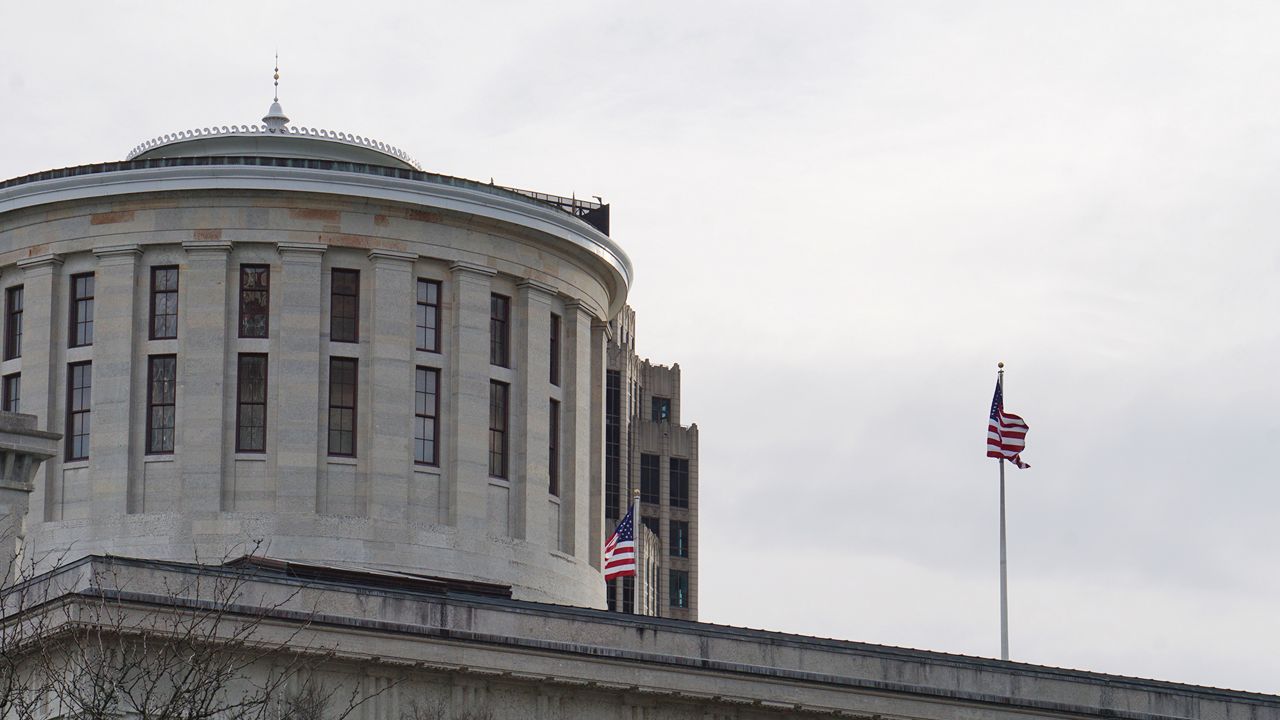COLUMBUS, Ohio (AP) — Ohio’s latest court-imposed deadline for redrawing U.S. House district boundaries came and went Thursday without a new congressional map.
Ohio House Speaker Bob Cupp, an influential Republican and former justice, rejected any need for lawmakers to meet a timeline set by the state’s Supreme Court as based on a “myth.”
Cupp said people are overlooking alternative legal options when they simply count up the 30 days that justices gave the Republican-controlled Legislature when it rejected the latest U.S. House map on July 17.
“Out-of-state activists have peddled the myth that a deadline looms this week for the General Assembly to adopt a new map,” Cupp wrote in an open memo issued Wednesday. “It is false, has zero basis in fact, and either shows a lack of understanding of our legal system, or it is an attempt to intentionally sow confusion over the 2022 elections.”
Democratic and voting-rights groups won court cases against five Statehouse maps and two U.S. House maps. Nationwide, these maps are required to be redrawn to reflect population changes in the 2020 Census. The Ohio Supreme Court rejected the state’s maps as unduly gerrymandered to favor the ruling Republican party.
However, amid months of legal and policy wrangling, the 2022 legislative and congressional primaries ended up going forward using those same invalidated maps. The latest congressional map delivered two-thirds of Ohio’s 16 seats to Republicans, although the state’s party breakdown over the past 10 years was roughly 54% Republican, 46% Democrat.
Freda Levenson, legal director of the ACLU of Ohio, was among those who believed lawmakers’ next deadline was Thursday.
“This is unfortunately consistent with the respondents’ well-established pattern of tactical delay,” she said in an email.
This has been the state’s first time implementing its new mapmaking systems, and what happens when mapmakers fail to comply with court orders has been a matter of debate. So far, justices have stopped short of holding them in contempt.
Cupp, who served on the court from 2007 to 2012, asserted that lawmakers have a right to appeal the Ohio Supreme Court’s decision from July to the U.S. Supreme Court, because it’s a matter of federal interest, and that they have 90 days to do so. That makes their next deadline Oct. 17, he wrote. If the federal court declines to take the appeal, that’s when the 30-day clock that Ohio voters have written into the state Constitution begins ticking, he said..
“This is the factual reality,” he said.
Whether conveniently or coincidentally, Cupp’s timeline carries the 2022 congressional mapmaking process — which was supposed to conclude in the fall of 2021 — very close to the end of the year, when Ohio Chief Justice Maureen O’Connor must retire due to age limits.
O’Connor, a Republican, has joined the three Democrats on the seven-member court in tossing repeated Statehouse and congressional maps as gerrymandered. The GOP hopes November elections will result in a more sympathetic court.
Cupp’s memo did not address whether he believed lawmakers had the option to pursue a U.S. Supreme Court appeal back when the first congressional map was rejected in January.
Jen Miller, executive director of the League of Women Voters of Ohio, disagreed with Cupp’s interpretation of an anti-gerrymandering constitutional amendment approved in 2018 — which she said gave the Ohio Supreme Court the power to strike down maps manipulated for partisan advantage.
“Instead of doing the right thing by Ohio voters by creating districts that respect the Ohio Constitution and Ohio Supreme Court orders, (Senate President Matt) Huffman and Cupp seem hellbent on serving their own political interests and then justifying their bad behavior through far-fetched legal acrobatics,” she said in a text.



